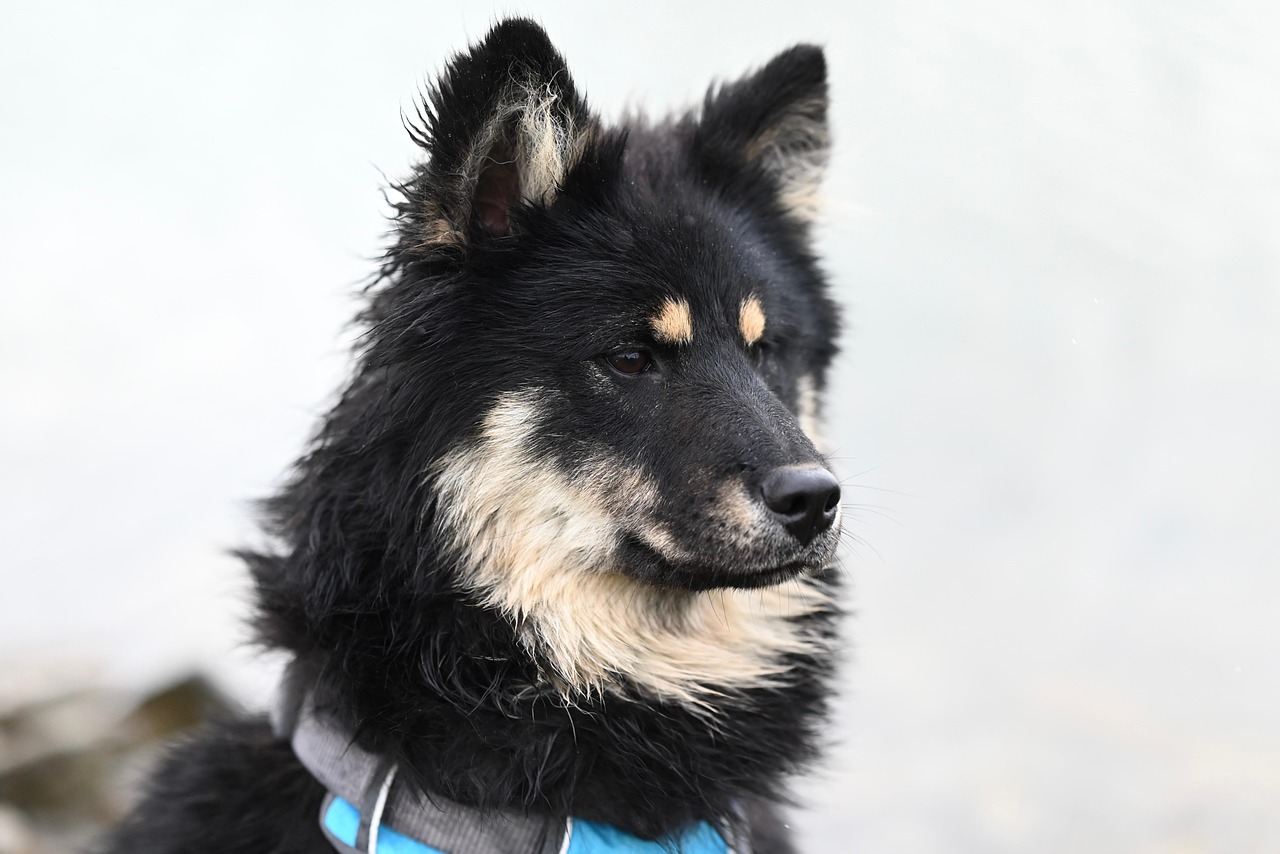Fun and Easy: 10 Steps for Kids to Train Their Dogs
Teaching your children to train the family dog presents an excellent opportunity for them to learn essential life skills. These include responsibility, patience, empathy, and communication. Here’s a guide to help kids understand and succeed in dog training.
The Basic Principle of Dog Training
The basic principle of dog training focuses on the concept of reinforcement, where good behavior is rewarded, and undesired behaviors are ignored. Dogs respond well to consistency, patience, and positive reinforcement such as treats, praise, or playtime.
Start with simple commands like ‘sit,’ ‘stay,’ and ‘come.’ Kids can effectively teach these commands by using a treat or toy as a lure and giving the reward when the dog performs the correct action.

Safety Precautions
It’s important to supervise all interactions between children and dogs, regardless of the dog’s temperament. Children need to understand that dogs communicate their emotions differently than humans. Teach them to interpret basic canine body signals to reduce the risk of misunderstandings and possible accidents.
Children should also learn to respect a dog’s territory, particularly when the dog is eating, sleeping, or enjoying a favorite chew toy. Encourage children to reward the dog’s patience and obedience with brief, calm petting sessions.
Training Techniques
Here are some simple techniques for kids to use in dog training:
Clicker Training
A clicker can be a beneficial training tool. When the dog performs a desired behavior, click and reward it with a treat. Over time, the dog will associate the click sound with a reward, and the desired behavior with the click sound.
Training Games
Turn training into a fun scenario by playing games like ‘fetch’ and ‘hide and seek.’ The process helps to reinforce commands such as ‘come,’ ‘stay,’ ‘fetch,’ and ‘drop it.’
Use Short and Simple Commands
Kids should use short commands like ‘sit’, ‘stay’, ‘come’, ‘down’, ‘no’. Speak these commands in a clear and firm voice – dogs respond to tone more than the words themselves.

Frequently Asked Questions
What is the ideal age for kids to start training dogs?
Typically, children around the ages of 6-7 can start getting involved in dog training. Remember to supervise the training and ensure it stays positive and fun.
Can any breed of dog be trained by kids?
Yes, any breed can be trained by kids, provided they understand and follow the guidelines of positive, safe training. Some breeds may be more challenging to train due to their temperament and energy levels.
Why is regularity important in dog training?
Regularity or consistency is vital in dog training. Dogs learn by repetition. Regularly practicing commands helps ingrained behaviors in a dog’s mind.
Does punishment work in dog training?
Punishment can create fear and confusion in dogs. Instead, opt for positive reinforcement. If a dog does not respond to a command, simply ignore the behavior and try again later.
How should kids handle setbacks in dog training?
Setbacks are common. If a command is not working, take a break and try again later. Patience and consistency are key in dog training.
Conclusion
Dog training offers an avenue for children to build a deep, respectful relationship with their pets. It teaches them valuable life skills and helps ensure a well-behaved, happy dog. Kids’ involvement in dog training needs to be under adult supervision to ensure both the dog’s and the child’s safety.
Training takes time and patience, thus setbacks should not discourage. Remember, the goal is to foster a strong bond between your child and your dog.



